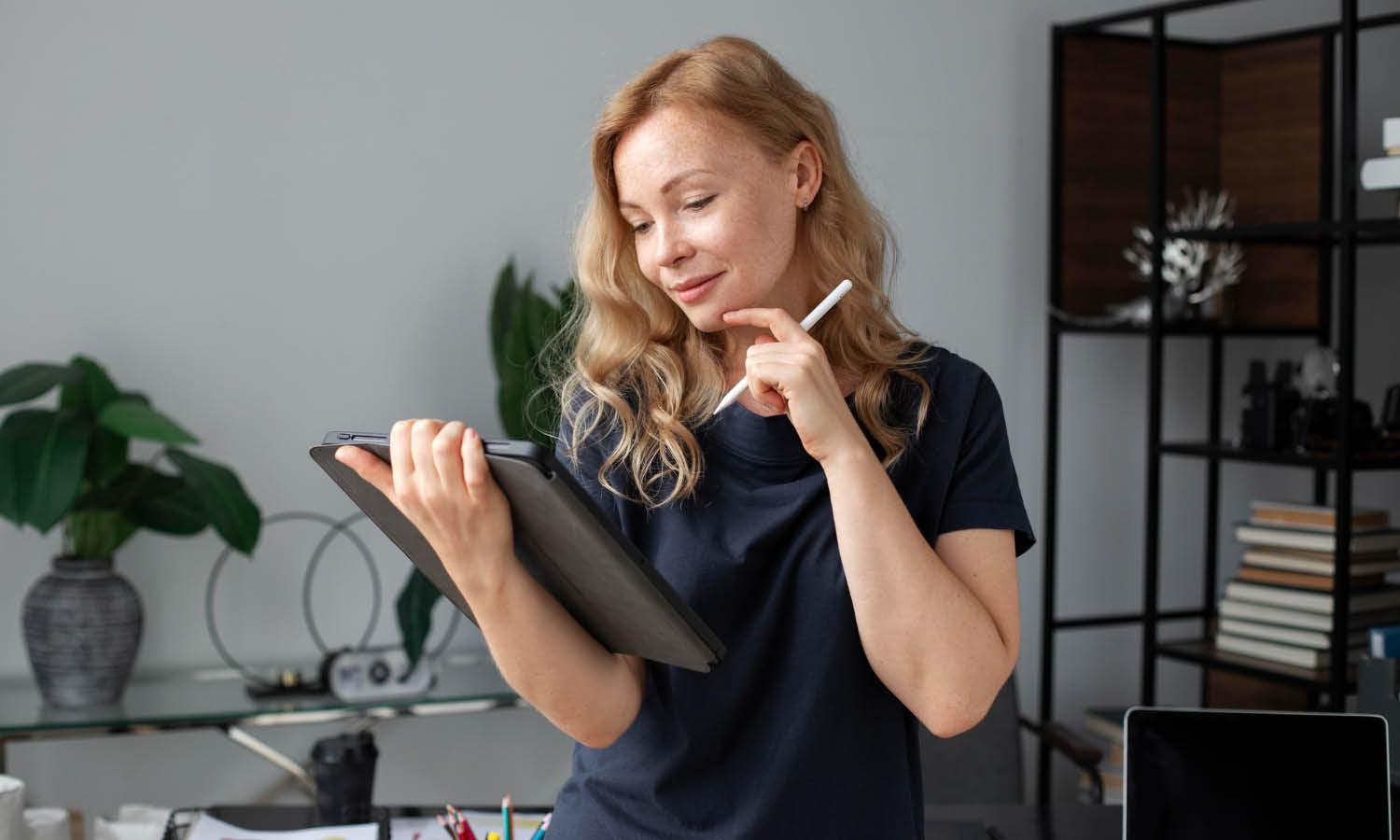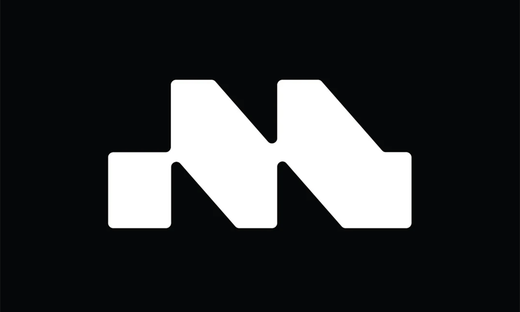Let's Create A Proper Contract for A Logo Design Project

When embarking on a logo design project, one of the most crucial steps is the creation of a detailed contract. This document not only formalizes the agreement between the designer and client but also safeguards the interests of both parties throughout the design process. A well-crafted contract clarifies the scope of work, timelines, payment terms, and the rights and responsibilities of each party, ensuring there are no misunderstandings that could derail the project.
A proper contract acts as a roadmap for the project, setting clear expectations for what will be delivered, when, and at what cost. It also outlines the procedures for revisions, copyright ownership, and the use of the logo, which are essential for maintaining a professional relationship and legal clarity. Whether you are a seasoned designer or just starting out, understanding how to draft an effective logo design project contract is invaluable. It not only demonstrates professionalism but also instills confidence in your clients, fostering a trustworthy and lasting relationship.
Define the Scope of Work
Defining the scope of work in a contract for a logo design project is essential for setting clear expectations and ensuring a smooth collaboration. This section of the contract should detail every aspect of the project to prevent scope creep and ensure the client knows exactly what to expect. Start by describing the specific services you will provide. Will the project include logo concepts, revisions, final artwork, and brand guidelines? Specify the number of initial concepts and rounds of revisions included in the price.
Additionally, outline any additional services that may be required, such as creating collateral materials (business cards, letterheads, etc.), digital assets for social media, or any other graphic design services that complement the logo. This clarity helps in managing the client’s expectations and ensures they understand what is included in the project and what may incur additional costs. The scope should also mention collaboration with other professionals if needed, like copywriters or web developers, to clarify roles and responsibilities further.
Specify the Timeline
Establishing a clear timeline in the contract for a logo design project is crucial for maintaining project momentum and ensuring client satisfaction. This section should start with the projected start date and detail the expected duration of each phase of the design process, including concept development, client review, revisions, and finalization of the artwork.
Specify important milestones, such as when initial concepts will be presented, deadlines for client feedback, and when final deliverables are due. Be realistic about how long each phase typically takes and consider potential delays when planning the timeline. This approach helps set realistic expectations and allows for better planning on both ends.
Additionally, include provisions for what happens if the client does not provide feedback or materials on time. This could include adjustments to the delivery dates or additional fees if the project timeline is extended due to client delays. Transparency in these details helps prevent future conflicts and ensures that the project runs smoothly.
Detail the Payment Terms
Detailing the payment terms in a contract for a logo design project is crucial for ensuring financial clarity and security for both the designer and the client. This section should specify the total cost of the project, including a breakdown of fees for the design work and any additional services that might be required. Clearly state whether the payment will be made in stages or in a lump sum upon completion.
Typically, it is advisable to require an upfront deposit, often ranging from 25% to 50% of the total project cost, before beginning any work. This deposit secures the designer’s time and resources and shows the client's commitment to the project. Outline the conditions for subsequent payments, such as progress payments after the completion of specified milestones or a final payment upon delivery of the final logo files.
Also, include details about accepted payment methods (e.g., bank transfer, credit card, PayPal) and any late payment penalties or interest that will apply to overdue invoices. Being explicit about these terms helps prevent payment delays and financial disputes, ensuring a smoother professional relationship and timely project delivery. This transparency in payment terms not only builds trust but also reinforces the professionalism of the designer.

Revision Policy
A clear revision policy is an integral part of a contract for a logo design project, as it helps manage client expectations and controls the project scope. This section should state explicitly how many rounds of revisions are included in the quoted price. Define what constitutes a revision versus a new design concept, as major changes could be considered outside the project scope and thus incur additional fees.
Specify that each round of revisions will address specific client feedback and include a reasonable number of adjustments. Beyond the agreed number of revisions, note that additional changes will be charged at a specified rate. This rate should be communicated upfront to avoid any surprises or disputes later on.
It's also helpful to clarify the process for requesting revisions, including how feedback should be provided and the expected turnaround time for implementing changes. This structured approach ensures that both the designer and client are aligned throughout the revision process, contributing to a more efficient workflow and satisfactory project outcome.
Ownership Rights and Copyright
In a contract for a logo design project, clearly defining the ownership rights and copyright terms is critical to protect both the designer and the client. This section of the contract should specify that the designer retains copyright ownership of all original artwork until the final payment has been made. Once the payment is completed, the copyright should transfer to the client, granting them exclusive rights to use the logo as agreed upon in the contract.
It is important to detail the extent of the rights transferred. Does the client have the right to modify, sell, or license the logo? Can the designer still display the work in their portfolio or for promotional purposes? Clarifying these points will prevent future legal conflicts and ensure that both parties understand their rights and limitations.
Additionally, consider including a clause that allows the designer to use the logo for promotional purposes, ensuring their ability to showcase their work to potential clients. This balance between protecting the client's new ownership rights and acknowledging the designer’s creative contributions is essential for a mutually beneficial agreement.
Usage Rights Before Final Payment
The contract for a logo design project should also address the usage rights of the logo before the final payment is made. This section should clearly state that the client may view and approve the designs but does not acquire any usage rights until payment is fully completed. This means that while the client can suggest revisions and give feedback, they cannot use any of the design elements in their branding or promotional materials until they have fulfilled their financial obligations under the contract.
It is advisable to include specific stipulations regarding the use of preliminary designs or drafts. For example, these preliminary works should not be publicly displayed or used in any commercial capacity. This protects the designer’s work from being used without proper compensation and reinforces the value of the creative process.
Furthermore, this clause helps manage expectations and maintains professionalism by emphasizing that full ownership and usage rights are part of the project's final deliverables, contingent upon complete payment. This approach ensures clarity and fairness, providing security for the designer while respecting the client's rights to their commissioned work upon completion of the agreed financial terms.
Client Responsibilities
In a contract for a logo design project, clearly defining client responsibilities is essential for ensuring a smooth workflow and successful project outcome. This section of the contract should outline the specific actions and inputs required from the client throughout the design process.
Key responsibilities typically include providing the designer with all necessary information such as brand guidelines, preferred colors, fonts, and any other design elements that need to be considered. The client should also be responsible for timely feedback and approvals at each stage of the design process to avoid delays. It’s important to stipulate deadlines for feedback and the implications of missing these deadlines, such as potential project delays.
Furthermore, the client must ensure that any content or materials they provide, such as logos or artwork, do not infringe on the intellectual property rights of third parties. They should also handle their financial obligations promptly according to the agreed payment schedule.
Clarifying these responsibilities helps prevent misunderstandings and establishes a framework for cooperation, making the design process more efficient and reducing the risk of project stalls. It underscores the collaborative nature of the design process, ensuring that both parties are actively engaged in creating a final product that meets the project goals.

Cancellation Policy
The cancellation policy is a critical component of a contract for a logo design project, protecting both the designer and the client should either party decide to terminate the project prematurely. This section should detail the conditions under which the contract can be cancelled, the notice required, and the financial implications of such a decision.
Typically, the policy will require written notice from the party wishing to cancel, specifying the amount of notice required (e.g., 30 days). It should also outline any fees for which the client is responsible if they terminate the contract, such as a kill fee or a percentage of the project cost based on the work completed to date. This compensates the designer for their time and resources spent on the project up to the point of cancellation.
For the designer, the policy should specify the conditions under which they may withdraw from the project, typically due to unforeseen circumstances or failure by the client to comply with the contract terms, such as late payments or failure to provide required information.
Including a robust cancellation policy in the contract ensures that both parties are aware of the potential costs and consequences of terminating the project, facilitating a fair and transparent relationship. This not only protects the financial interests but also helps maintain professionalism and mutual respect, even if the partnership needs to be dissolved.
Confidentiality Clause
A confidentiality clause is a vital part of any contract for a logo design project, ensuring that sensitive information shared during the project remains private. This section of the contract protects both the client and the designer by restricting the disclosure of confidential information to third parties.
The clause should clearly define what constitutes confidential information, which may include business strategies, design concepts, client lists, and other proprietary data. It should specify that this information can only be used for purposes directly related to the logo design project and must be protected during and after the completion of the project.
Furthermore, the confidentiality clause should outline the obligations of both parties to safeguard this information, including proper storage, handling, and, when necessary, the safe destruction of confidential materials. The clause should also detail the consequences of breaching confidentiality, which may involve legal action and damages.
Including a robust confidentiality clause in the contract not only secures trust between the designer and the client but also enhances the professional integrity of the relationship, ensuring that both parties feel safe sharing the critical information needed to successfully complete the project.
Signatures and Date
The section on signatures and date is an essential closing element of a contract for a logo design project, serving as a formal acknowledgment of the agreement between the client and the designer. This part of the contract should clearly provide spaces for both parties to sign and date, indicating their full acceptance of the terms outlined in the document.
It is crucial that the contract specifies that it only becomes legally binding once it is signed by both parties. The date of signing is equally important as it often determines when the project will commence and when certain rights and obligations begin to take effect.
Additionally, consider including a clause that any amendments to the contract must be made in writing and signed by both parties, ensuring that all changes are mutually agreed upon and legally enforceable.
Having a clear, well-organized section for signatures and dates not only finalizes the contract but also underscores the commitment of both parties to uphold the contract’s terms, providing a solid foundation for a successful professional relationship and project outcome.
Conclusion
Crafting a detailed contract for a logo design project is crucial for ensuring clarity, professionalism, and mutual respect between the designer and client. A well-defined contract not only outlines the scope, timelines, and financial details of the project but also protects both parties' rights and sets the stage for a successful collaboration. By incorporating clear terms regarding revisions, copyright, confidentiality, and cancellation policies, you lay the groundwork for a seamless design process. Remember, a robust contract is your best tool for managing expectations and fostering a trustworthy relationship with your client.
Let Us Know What You Think!
Every information you read here are written and curated by Kreafolk's team, carefully pieced together with our creative community in mind. Did you enjoy our contents? Leave a comment below and share your thoughts. Cheers to more creative articles and inspirations!
















Leave a Comment